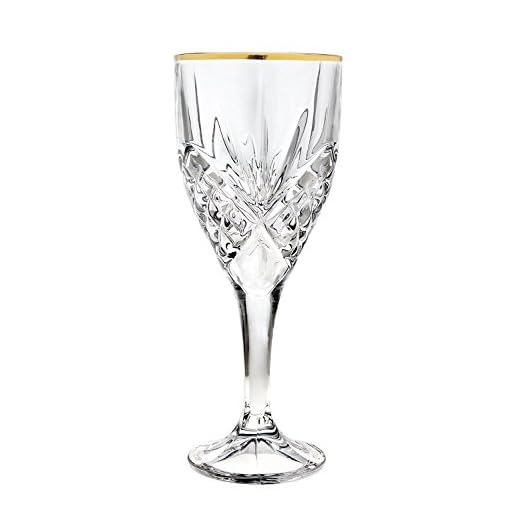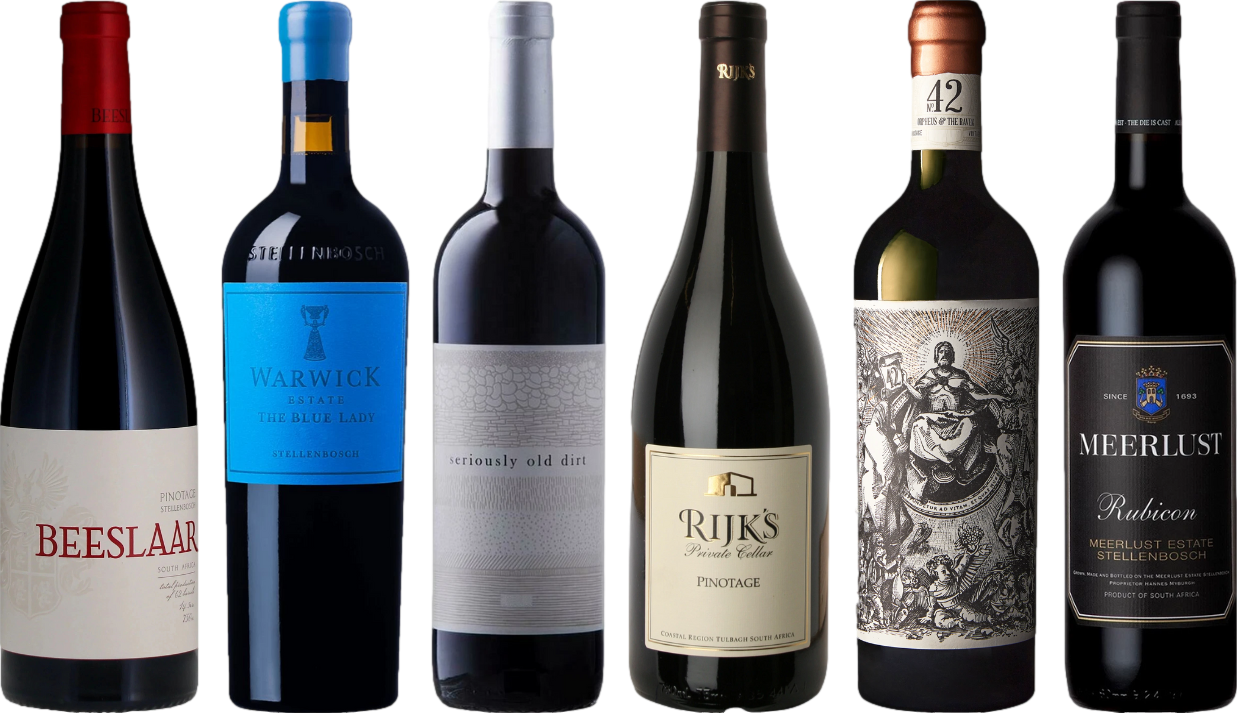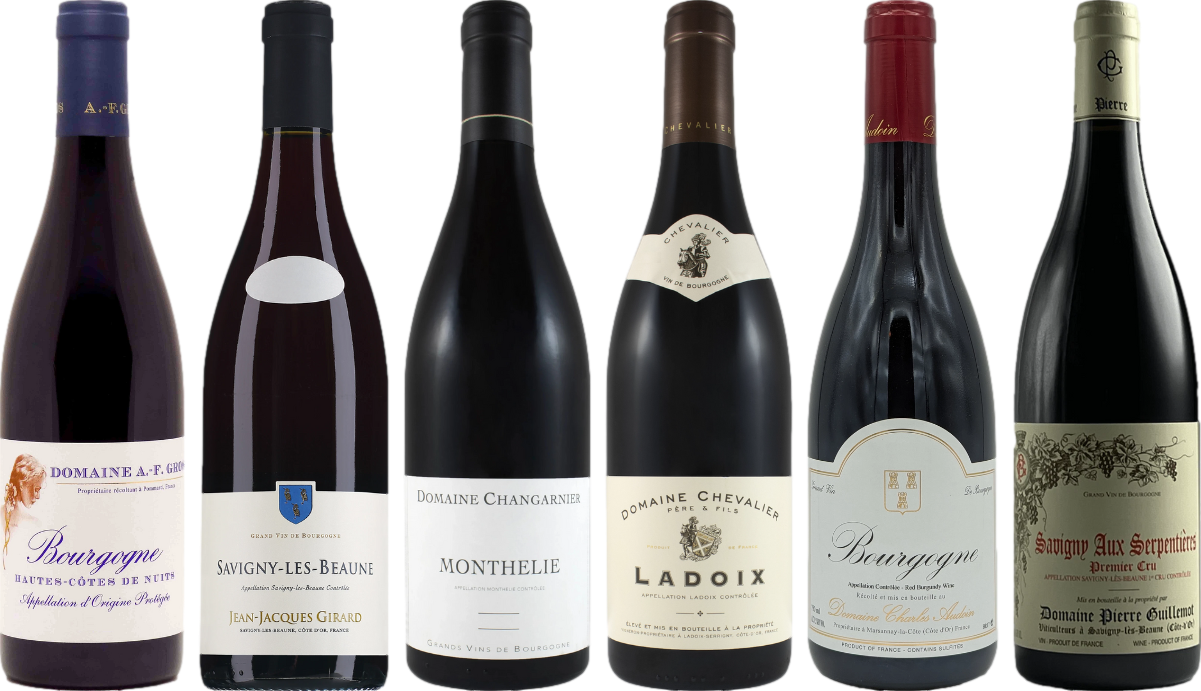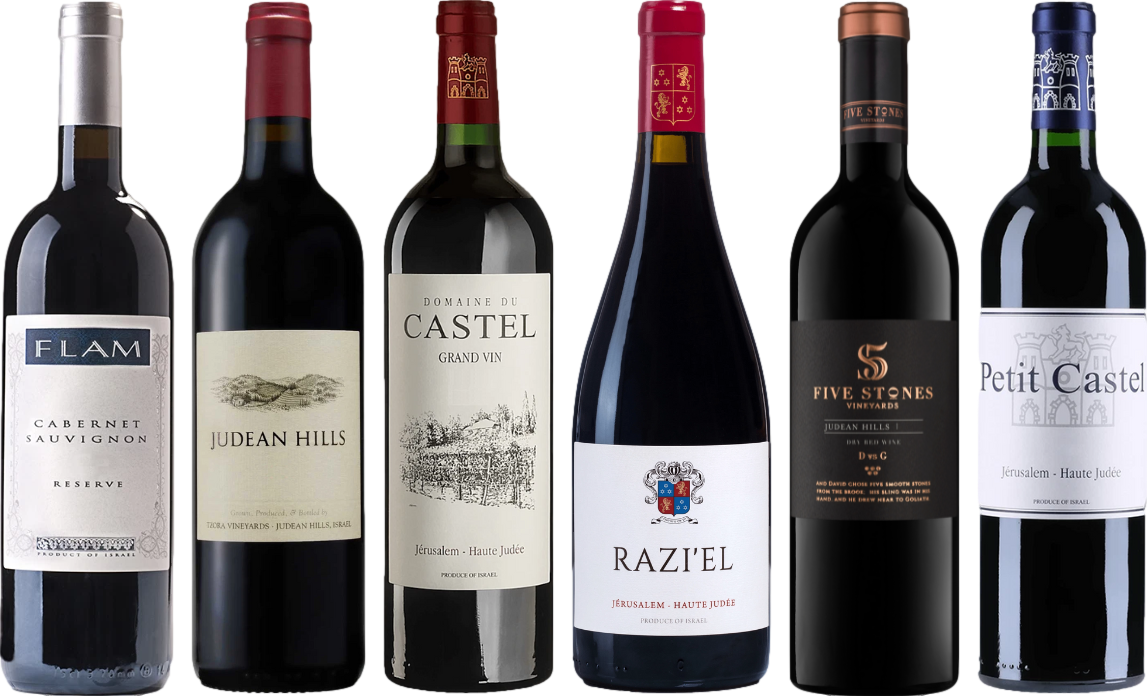

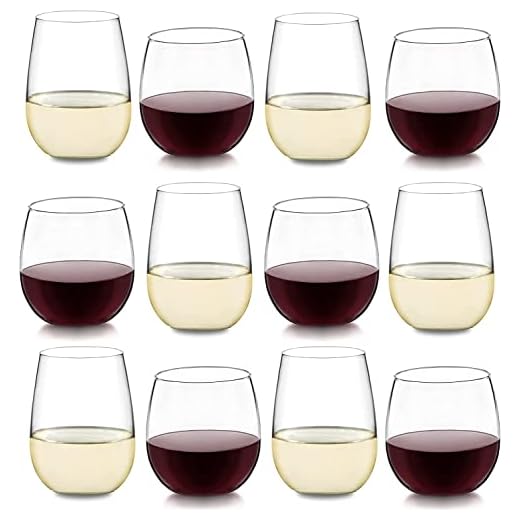

Choosing the right stemware can significantly enhance your experience. For optimal enjoyment, select a vessel with a broad bowl and a tapered opening. This design allows the rich aromas to concentrate, elevating the sensory experience of the beverage.
The ideal dimensions of this type of stemware encourage proper aeration, which softens tannins and allows the flavors to develop fully. A larger bowl provides ample space for swirling, releasing complex notes that might otherwise go unnoticed. Pay attention to the height of the glass; a longer stem helps maintain the temperature by preventing warmth from your hand affecting the liquid inside.
Materials matter too. Crystal offers superb clarity and brilliance, enhancing the visual appeal while also providing a more delicate drinking experience. The thin rim allows for a seamless sip, making each taste more enjoyable. Investing in quality stemware transforms the act of sipping into a delightful ritual, enriching gatherings and meals.
Lastly, consider the specific shape variations available. While some designs emphasize fruit-forward profiles, others might highlight earthy or spicy notes. Tailoring your choice to the characteristics of the specific varietal will undoubtedly enhance your overall enjoyment. Prioritize both aesthetics and functionality for an optimal experience.
Characteristics of Suitable Vessels for Red Varietals
Opt for a bowl shape that is broad and spacious. This design allows the liquid to aerate, enhancing the release of aromas. A larger diameter facilitates swirling, which is crucial for maximizing aromatic expression.
The rim should be slightly tapered. This feature helps direct the liquid to the palate’s areas that appreciate the flavors of tannins and acidity, creating a harmonious tasting experience.
Consider the height of the stem. A longer stem prevents heat transfer from your hand, maintaining the ideal temperature for your pour, which is key for preserving its quality.
Material choice is equally significant. Lead-free crystal is preferable for its clarity and brilliance, showcasing the color and clarity of the liquid. Such transparency adds to the visual appeal while enhancing the sensory experience.
When serving, fill the vessel to about one-third full. This allows for adequate space for aromas to gather and encourages an immersive tasting experience. Proper serving enhances enjoyment and appreciation.
Incorporating these features into your choice of containers can elevate your tasting experiences, allowing for a deeper connection with your selections. Selecting the right vessel is a step toward fully appreciating the complexities and nuances of your chosen pour.
Design Features of Red Wine Glasses
Choosing a suitable vessel for flavorful blends is paramount. The bowl shape should be generous, allowing for proper aeration. A wider bowl increases the surface area, promoting the release of aromas, crucial for a full tasting experience.
The rim plays a significant role; it should be thin to facilitate a seamless transfer of liquid to the palate. A tapered design helps concentrate aromas towards the nose, enhancing the olfactory experience.
Stem length varies, but a longer stem can prevent hand heat from affecting the temperature of the liquid. This is particularly beneficial for varieties that thrive at cooler temperatures.
Materials matter too. Crystal or fine glass options not only provide clarity but also enhance the overall aesthetic and tactile experience. Opt for lead-free crystal for a safer choice without compromising elegance.
Consider the size; larger capacities allow for swirling, which is essential for unlocking the full potential of complex notes. Typically, a vessel holding 12 to 16 ounces is ideal for most selections.
Lastly, balance is key. A well-designed piece should feel comfortable in hand, ensuring an enjoyable experience from the first sip to the last drop.
Types of Red Wine Glasses and Their Uses
Choosing the right vessel can elevate the tasting experience significantly. Here are the primary types along with their specific applications:
-
Bordeaux Glass
This tall, wide bowl is perfect for full-bodied varieties like Cabernet Sauvignon and Merlot. The shape allows for maximum aeration, enhancing the aromas and flavors.
-
Burgundy Glass
Featuring a larger bowl and a narrower opening, this design is ideal for delicate, complex wines such as Pinot Noir. It helps concentrate the subtle fragrances.
-
Syrah/Shiraz Glass
With a slightly tapered rim and a broad bowl, this style suits robust wines. It’s designed to showcase the bold characteristics of Syrah or Shiraz.
-
Universal Glass
A versatile option that accommodates various types. While not specialized, it can work well for casual sipping and offers convenience for diverse selections.
-
Stemless Glass
This modern design provides a casual feel and is less prone to tipping over. It’s suitable for informal settings and still enhances the tasting experience.
Top RatedLibbey Stemless Wine Glasses for Every OccasionDishwasher safe and versatile designThis set of 12 stemless wine glasses is ideal for cocktails and water, featuring a sophisticated design that enhances every gathering.
Each type serves a purpose tailored to the characteristics of specific varietals. Understanding these distinctions can greatly enhance your enjoyment and appreciation of your chosen pour.
Choosing the Right Size for Your Glass
Opt for a vessel that holds at least 12 to 16 ounces. This size allows for proper aeration, enhancing the bouquet and flavors of the beverage.
Consider the diameter of the bowl; a wider opening promotes the release of aromas. A bowl that flares slightly at the rim can also concentrate scents, making each sip more enjoyable.
For full-bodied varieties, larger bowls are beneficial. They provide ample space for swirling, which is crucial for releasing complex notes. Conversely, lighter, fruit-forward selections may be well-suited to slightly smaller options, allowing for a more focused tasting experience.
Height matters too. Taller designs can help maintain the beverage’s temperature while offering a visual appeal. Make sure the rim is thin; this enhances the drinking experience by directing the liquid smoothly onto the palate.
Finally, personal preference plays a role. Experiment with different sizes to find what feels comfortable in hand and enhances your enjoyment. Each person’s palate is unique, so trust your instincts when selecting the ideal vessel.
Glass Materials: Crystal vs. Glass for Enjoying Fine Varietals
For discerning enthusiasts, choosing between crystal and standard glass for serving full-bodied reds is pivotal. Crystal offers superior clarity and brilliance, enhancing the visual appeal of the pour. Its lead content can amplify the aroma, creating a more immersive tasting experience. However, crystal is often more fragile and requires careful handling and cleaning.
On the other hand, traditional glass is more durable and dishwasher-safe, making it a practical choice for everyday use. While it may lack the sparkle of crystal, high-quality glass can still provide a satisfactory experience. When selecting, consider your lifestyle and the occasions for which you’ll be serving. If you often host gatherings, durable glass may be preferable. For special occasions, investing in fine crystal can elevate the experience.
Maintenance and Care
Caring for your chosen material is essential. Crystal requires gentle cleaning to avoid scratches, while glass can withstand more robust cleaning methods. For longevity, handwashing is recommended for both, using mild detergents and soft cloths. This will preserve the integrity of the materials, ensuring that each pour is as enjoyable as the last.
Ultimately, the choice hinges on personal preference, practical considerations, and the overall dining experience you wish to create. For those with pets, consider also researching the best dog food for diabetic senior dogs to ensure your furry friends are well taken care of while you savor your favorite beverages.
How the Shape Affects Aroma and Taste
Choosing the right silhouette significantly influences the sensory experience of a glass of fermented grape juice. A bowl that is wider allows for more oxygen exposure, enhancing the release of volatile compounds. This exposure can elevate aromatic intensity, making it easier to identify complex notes such as berries, spices, and earthy undertones.
A tapered lip directs the liquid towards the taste buds on the tongue, enhancing certain flavors while minimizing others. For instance, a design that narrows at the rim can focus the palate on the fruitiness, providing a sweeter impression, while a broader top might emphasize tannins and acidity, creating a more balanced taste.
The stem length also plays a role; a longer stem allows for better handling, reducing the transfer of heat from the hand to the bowl. This keeps the contents at an optimum temperature, preserving the intended flavor profile. In contrast, a shorter stem may encourage a warmer sip, which can alter the experience, especially with more delicate varietals.
When evaluating options, consider the purpose of the vessel. If the goal is to appreciate nuances, select a design that enhances aromatic expression. For casual enjoyment, a more versatile shape may suffice. Understanding these nuances empowers you to make informed choices that elevate the overall tasting experience.
Care and Maintenance Tips for Wine Stemware
Hand wash these delicate vessels with a mild dish soap and warm water. Avoid putting them in the dishwasher, as high heat and harsh detergents can lead to scratches and cloudiness.
Drying Techniques
Use a soft, lint-free cloth to dry. Avoid paper towels, which can leave scratches. Hold the bowl to prevent pressure on the stem while drying.
Storage Recommendations
Store upright to prevent dust accumulation. For long-term storage, consider using a padded case or a dedicated rack that minimizes movement and contact with other items.
| Tip | Description |
|---|---|
| Hand Washing | Use mild soap and warm water to gently clean. |
| Avoid Dishwashers | High temperatures can cause damage. |
| Soft Drying | Utilize lint-free cloths to prevent scratches. |
| Upright Storage | Prevents dust and minimizes contact with other items. |
Inspect for chips or cracks regularly. Any damage can affect the drinking experience and should be addressed immediately to maintain quality.
When to Use Specific Red Wine Glass Styles
For full enjoyment of a particular varietal, select the appropriate vessel based on its characteristics. For instance, a Bordeaux-shaped container is ideal for robust reds, allowing ample aeration and enhancing complex aromas. Conversely, a Burgundy vessel suits lighter, fruit-forward varietals, concentrating the bouquet and promoting a more delicate experience.
- Bordeaux Glass: Best for Cabernet Sauvignon, Merlot, and blends with high tannins. The wide bowl permits oxygenation, softening the structure while releasing the wine’s intricate notes.
- Burgundy Glass: Perfect for Pinot Noir. The larger bowl captures the subtle aromas, while the tapered rim directs the wine to the tip of the tongue, highlighting its finesse.
- Syrah Glass: Designed for Syrah or Shiraz, this style features a slightly smaller bowl, which helps to concentrate the bold flavors and spicy notes.
- Universal Glass: A versatile choice for casual settings. Suitable for most varietals, it balances characteristics of both Bordeaux and Burgundy styles.
Consider the occasion as well. For formal tastings, opt for varietal-specific options; for casual gatherings, a universal shape suffices. Additionally, temperature plays a role–ensure vessels are clean and free from residues that could alter the tasting experience.
When introducing new selections to guests, provide the proper glass to enhance their perception of the wine’s qualities. This attention to detail fosters appreciation and engagement, promoting a memorable experience.


